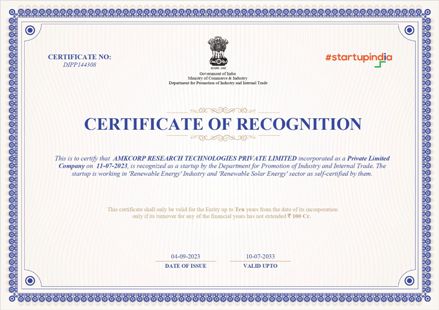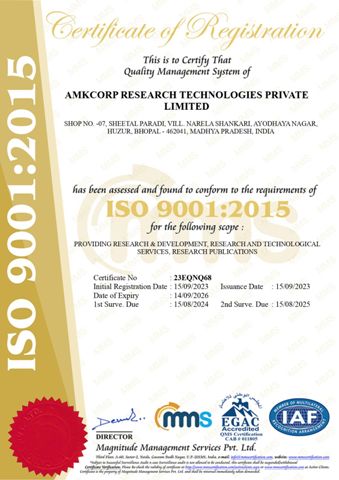Description
“Cloud Computing – Navigating the Digital Sky” is an extensive guide designed to provide a thorough understanding of cloud computing, an essential technology in today’s digital age. The book is structured into ten comprehensive chapters, each delving into various aspects of cloud computing, from its foundational principles to future trends.
The journey begins with Chapter 1: Introduction to Cloud Computing, which traces the evolution of cloud computing and outlines its key characteristics and underlying principles of parallel and distributed computing. This chapter also discusses the elasticity of cloud services, on-demand provisioning, and the benefits and drawbacks of migrating to the cloud. It highlights current trends, the impact on digital transformation, and the importance of cloud standards and compliance.
Chapter 2: Cloud Enabling Technologies Service Oriented Architectures explores Service Oriented Architecture (SOA), REST, web services, and the publish-subscribe model. It covers the basics of virtualization, including its characteristics, types, implementation levels, and structures. Tools and mechanisms for virtualization, such as CPU, memory, and I/O devices virtualization, are also discussed, along with disaster recovery support.
In Chapter 3: Cloud Architecture, Services, and Storage, readers are introduced to layered cloud architecture design, NIST reference architecture, and various deployment models like public, private, hybrid, and community clouds. The chapter delves into service models (IaaS, PaaS, SaaS), microservices architecture, and the challenges of architectural design. It also covers cloud storage solutions, multi-cloud strategies, cloud bursting, and the integration of edge computing with cloud services.
Chapter 4: Resource Management, Security in Cloud and Compliance addresses the critical aspects of resource management and security in the cloud. It discusses inter-cloud resource management, provisioning methods, data encryption, privacy, IAM, network security, and software-as-a-service security. Compliance regulations, incident response, best practices, security audits, and assessments are also covered to ensure a secure cloud environment.
Chapter 5: Cloud Migration Strategies provides insights into assessing workload suitability for cloud migration, lift and shift migration, replatforming, refactoring, and data migration strategies. It emphasizes the tools and technologies for migration, managing legacy systems, and optimizing during migration.
Chapter 6: Cloud Economics and Cost Management is dedicated to understanding cloud costs, comparing pay-as-you-go vs. reserved pricing, and performing total cost of ownership (TCO) analysis. It outlines various billing models, cost optimization strategies, and the role of financial operations (FinOps) in budgeting and forecasting. The chapter also introduces cloud cost management tools.
Chapter 7: Cloud Networking and Connectivity explores virtual private clouds (VPCs), cloud networking services, content delivery networks (CDNs), and hybrid cloud networking. It discusses software-defined networking (SDN), cloud-native network security, and the challenges and future trends in cloud connectivity.
Chapter 8: Serverless Computing and Event-Driven Architecture focuses on serverless computing concepts, FaaS providers, and building event-driven architectures. It highlights the benefits and use cases of serverless computing, challenges in adoption, and comparisons with traditional architectures. Best practices and security considerations for serverless computing are also discussed.
Chapter 9: Cloud DevOps and Continuous Delivery integrates DevOps practices in the cloud, emphasizing infrastructure as code (IaC), continuous integration and deployment (CI/CD), and container orchestration. The chapter covers collaboration, automation, monitoring, logging, and security (DevSecOps) in DevOps pipelines.
Finally, Chapter 10: Future Innovations and Trends in Cloud Computing explores cutting-edge developments such as edge computing, quantum computing, AI and machine learning, blockchain, serverless architecture advancements, green cloud initiatives, and the role of cloud in 6G networks. It concludes with predictions for the future of cloud computing.
Overall, “Cloud Computing – Navigating the Digital Sky” is a valuable resource for anyone looking to understand and leverage cloud computing technology, offering in-depth knowledge and practical insights into this transformative field.







Reviews
There are no reviews yet.